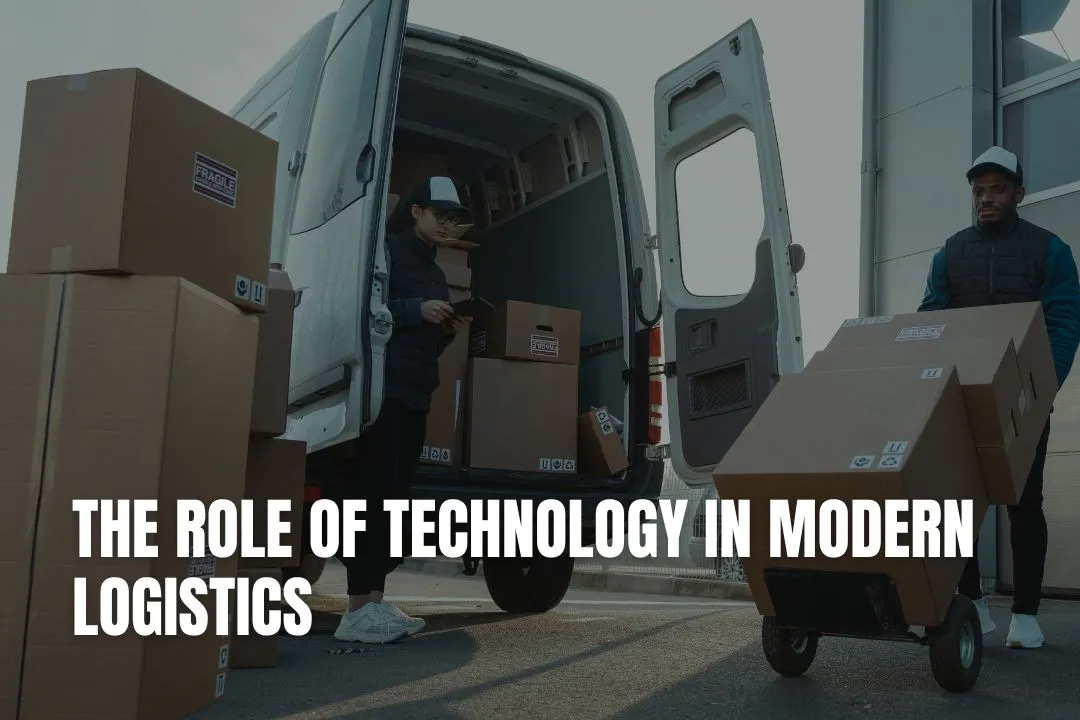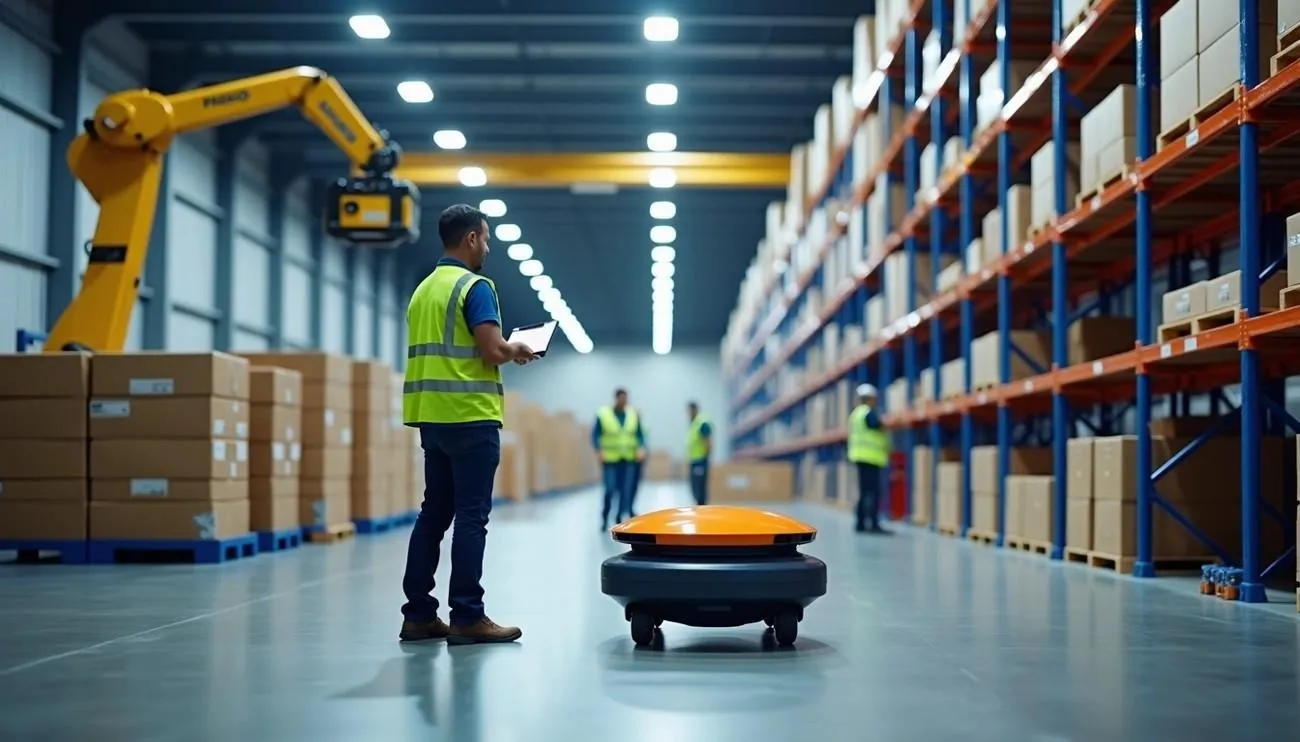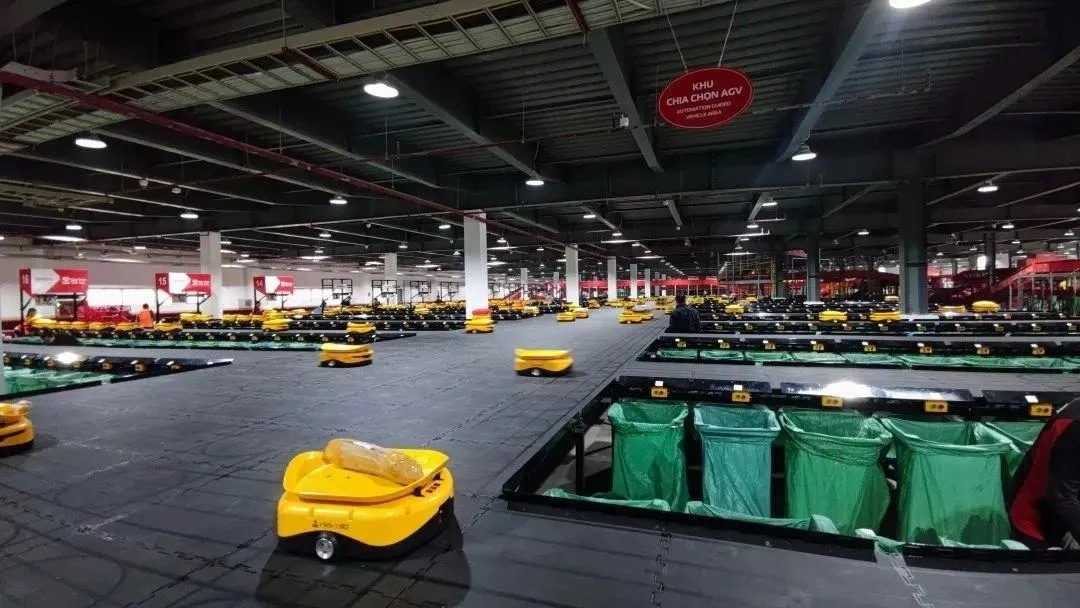
Delivery automation greatly affects the bottom line of modern logistics operations. Companies that implement detailed warehouse automation see remarkable results: 25-40% improvement in throughput capacity, 99.9% picking accuracy, and 15-30% reduction in labour costs. These improvements directly benefit last-mile delivery performance. Amazon's implementation of automated sorting systems led to a 20% reduction in last-mile delivery times and a 15% increase in drivers' productivity.
Logistics succeeds through small wins. Every saved minute, reduced fuel consumption, and extra parcel fitted in trucks adds up to create major efficiency improvements. Target Corporation's story proves how automation becomes especially important during unexpected disruptions. The retail giant scaled its curbside pickup service by 700% early in the pandemic thanks to its previous investments in warehouse technology.
This piece explores how delivery automation software connects warehouse operations with transport systems. The text delves into technologies that revolutionise modern logistics, from automated dispatching systems to up-to-the-minute tracking solutions. These solutions help companies and customers monitor deliveries effectively. The discussion explains ways to overcome implementation challenges while maximising these technological advancements' benefits.

The logistics industry has changed dramatically over recent decades. Technology serves as the main catalyst for this change. Companies that welcome these advances show 5-6% higher productivity and profitability compared to traditional operations. This proves technology's vital role in modern logistics success.
Logistics operations depended heavily on manual processes in the past, paper logs, physical labour, and human decision-making. This approach created major inefficiencies, frequent errors, and operational bottlenecks. The path to automation started with simple mechanisation. The introduction of forklifts and pallet jacks boosted warehouse efficiency initially. More sophisticated systems emerged later, including Automated Storage and Retrieval Systems (AS/RS). These systems minimise human intervention while maximising storage density.
McKinsey research shows that the transportation-and-warehousing industry has the third-highest automation potential of any sector. Robotics, automated picking systems, and conveyor networks help realise this potential. The warehouse automation market will reach $41 billion by 2027, growing at an impressive 15% CAGR.
Live data processing represents the next frontier in logistics evolution. These systems provide immediate insights that enable quick decision-making and improved efficiency. They also offer transparency that boosts overall operational flow.
Smart logistics systems combine smoothly with Internet of Things (IoT) devices, artificial intelligence, and cloud-based platforms to create interconnected networks. IoT sensors collect vital data on environmental conditions, location, and the status of shipments. Logistics managers can now:
Live tracking reduces delays by up to 58%, showing its substantial effect. A McKinsey survey confirms that shippers and providers invest more in live transportation visibility planning and telematics for fleet management. This creates responsive supply chains that adapt to disruptions before affecting the bottom line.

Four lifeblood technologies now power advanced supply chains. These state-of-the-art solutions streamline processes and give unprecedented visibility throughout the logistics process.
AS/RS solutions help warehouses use space better with minimal human involvement. Computer-controlled systems can store items in tall structures - up to 45 meters for unit-load systems with pallets, and up to 20 meters for miniload systems with smaller items. Companies that use AS/RS see several benefits:
The global AS/RS market keeps growing faster. Experts project it will reach $12.93 billion by 2027 with a CAGR of 7.2%. These numbers show how well these systems handle space limits and worker shortages in modern warehouses.
AMRs differ from traditional automated guided vehicles (AGVs). They direct themselves using advanced sensing technologies like LiDAR, cameras, and artificial intelligence. These robots can map their surroundings, spot obstacles, and find the best routes without preset paths or wire guidance.
Warehouses use AMRs to pick orders, restock items, and move goods. This reduces the need for manual labour. Companies using AMRs see their productivity jump 2 to 5 times compared to old picking methods.
AI reshapes how logistics companies make decisions. Machine learning algorithms help optimise carrier pricing, vehicle routing, and demand forecasting.
Uber Freight leads the way with algorithmic carrier pricing that guarantees upfront costs for trucking services. Their AI route planning has cut empty miles by between 10% and 15%. Distributors who use AI have cut inventory by 20-30%, logistics costs by 5-20%, and procurement spending by 5-15%.
IoT devices track shipments and conditions throughout the supply chain. GPS trackers, RFID tags, and environmental sensors collect immediate data about stock levels, shipment status, and warehouse conditions.
The IoT logistics market shows impressive growth. It should expand from $61.17 billion in 2025 to $119.86 billion by 2030, with a CAGR of 14.43%. This technology proves particularly valuable in cold chain management. Sensors detect temperature changes and adjust conditions automatically to keep products fresh.
Warehouse efficiency plays a crucial role in last-mile delivery success. Logistics experts now see these operations as connected parts of the same process rather than isolated functions.
Automated fulfilment systems cut down processing time and minimise human errors. Warehouses that use robotic systems achieve accuracy rates that exceed 99.9%. This eliminates costly returns and repeated delivery attempts. These systems reduce cycle times to just 20 minutes. Carriers can start deliveries earlier and complete more stops each day.
Immediate inventory visibility throughout the supply chain powers efficient operations. Companies can create precise forecasts and optimise delivery routes with accurate bin-level inventory data. Better location tracking reduces out-of-zone shipments. Packages travelling far from their starting points steadily eat into profits.
Last-mile automation software creates a cloud platform that connects order data, route planning, vehicle tracking, and customer updates. This system replaces manual steps with smooth data flow throughout the fulfilment process. Everyone involved - managers, drivers, and customers - can see updated shipment status in real time.
Amazon's Vision Assisted Sort Station (VASS) shows how warehouse and transport systems work together perfectly. The system guides employees with visual cues to spot packages without constantly checking screens. Tests revealed impressive results. Workers could handle 10 packages at once compared to just two using old methods. This led to fewer sorting mistakes and better processing speed.
Companies of all sizes face big hurdles when they add new technologies to their logistics operations. Strategic approaches can turn these challenges into opportunities that stimulate growth.
Cost remains the biggest problem in logistics technology adoption. About 68% of shippers and 80% of providers say it's their main challenge. Many organisations can't justify the original investment even with long-term benefits. Successful companies measure ROI through customised reports that combine TMS data with independent freight audit solutions.
Third-party logistics providers, often called a trusted 3PL provider, are a great alternative to in-house technology investments. SMBs can access 15-year-old logistics networks without much capital investment through strategic collaborations with 3PLs. These collaborations give access to sophisticated TMS, WMS, and analytics tools through web portals or integration with existing platforms.
Legacy systems create major compatibility issues when companies add modern technology. All but one of these warehouse technology integration projects face serious delays or cost overruns. Middleware solutions and phased implementation strategies work especially when you have to bridge these gaps without disrupting operations.
About 38% of supply chain executives worry their staff doesn't know how to use new logistics technologies effectively. Cross-functional training and role-specific skills are essential to successful implementation. Online courses paired with hands-on practice help close knowledge gaps while building confidence.
Cloud-based solutions give SMBs attractive options through:
One fact stands clear in modern logistics: delivery automation is no longer optional but serves as a vital component for competitive operations. Logistics technologies continue to alter the map of how goods travel from warehouse to doorstep.
Success in logistics operations now depends on smooth integration between automated systems. Companies that see their supply chain as an interconnected ecosystem will gain the biggest advantages. The most important benefits show up when warehouse automation and last-mile delivery systems work together smoothly.
To sum up, the development toward smarter logistics speeds up each day. These state-of-the-art solutions create unprecedented opportunities for businesses ready to invest in the future. Companies must review which technologies line up with their operational needs and customer expectations.
Organisations that can effectively combine human expertise with technological capabilities will own the future of logistics. Cloud-based solutions and modular implementations make delivery automation software more available to businesses of all sizes.
Technology keeps redrawing the logistics world. Companies that welcome these changes by adapting their workflows, training their teams, and picking the right technological partners will end up securing long-term success in an increasingly competitive market.
Delivery automation has a significant effect on your bottom line. You can expect remarkable results like a 25-40% improvement in throughput capacity, near-perfect picking accuracy of 99.9%, and a 15-30% reduction in labour costs. These gains directly enhance last-mile delivery performance.
Efficient warehouse operations are directly linked to successful last-mile delivery. Automated systems reduce order processing times and minimise errors, with some achieving accuracy rates over 99.9%. This means carriers can start deliveries sooner and complete more stops, ultimately improving the final delivery to your customer.
Four main technologies are reshaping modern logistics. These are Automated Storage and Retrieval Systems (AS/RS) for maximising warehouse space, Autonomous Mobile Robots (AMRs) for efficient goods transport, Artificial Intelligence (AI) for optimising routes and forecasting demand, and the Internet of Things (IoT) for real-time tracking of shipments.
The most common hurdles include high upfront costs, difficulties integrating new systems with existing legacy infrastructure, and the need for workforce training to use the new tools effectively. Many businesses find these challenges can be managed with strategic planning.
Small and medium-sized businesses can access powerful logistics technology without a large initial investment. Cloud-based solutions from providers like Robinwaite offer pay-per-use subscription models, which eliminate high licensing fees. Another effective strategy is partnering with a third-party logistics (3PL) provider to use their established technology and network.